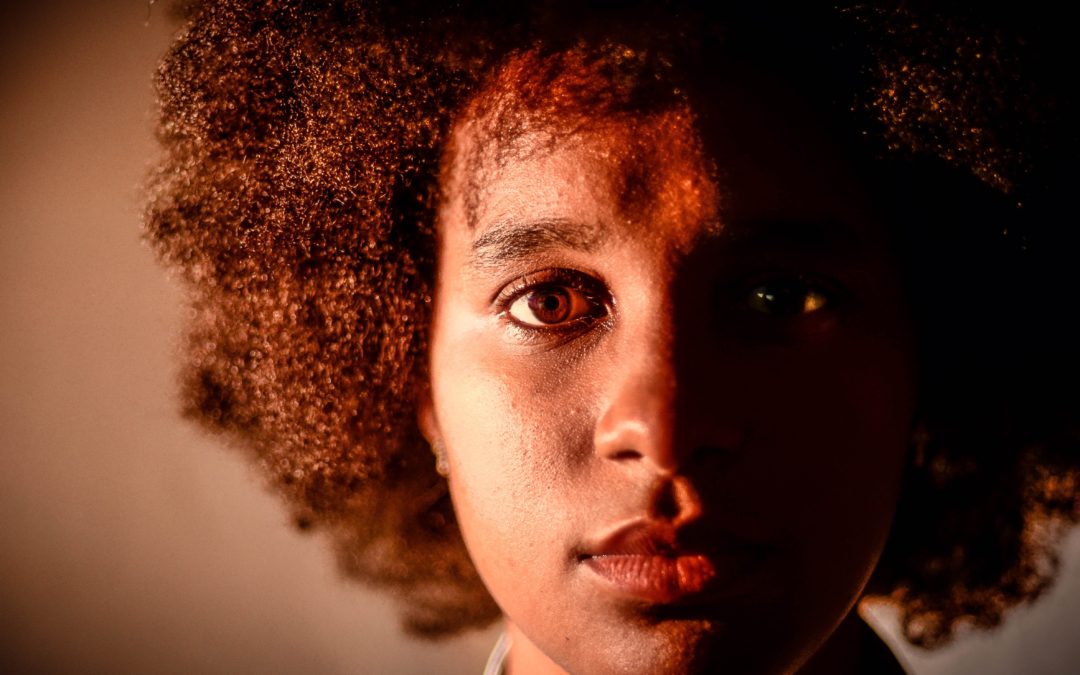Acne scarring results from inflammed acne lesions that are in the dermal layer (deeper) of the skin. The follicle enlarges due to bacteria, dead skin cells and excess oil. This material swells the pore and it eventually ruptures causing it to spill over into the dermis and it damages healthy skin.
As a way to repair this damage and heal the lesion, the skin forms new collagen. The quality of the new collagen fibers are not as good as the collagen prior to the acne lesion formation and therefore, it leaves behind a noticeable scar & difference in texture. When there is an under production of collagen, the scar appears pitted. If the body produces too much collagen, the scar has a raised appearance. This is known as keloid scarring.
Other types of scars include:
Ice pick: These scars are very deep and as the names suggest, they appear as if the skin has been punctured with an ice pick.
Boxcar: These scars are depressed and broad.
Rolling: These scars have smooth edges but they look like small hills and valleys.
It is very common to have a combination of all of these types of scars, especially in those who experienced moderate to severe inflammatory acne.
Preventative measures such as proper diet, professional treatments and a great home care regimen is key to not having acne in the first place.
Treatment options include but are not limited to: chemical peels, laser treatments & microneedling. All of these treatment modalities stimulate the production of collagen. This newly formed collagen fills in scars, making them less noticeable and in many instances, a combination of these treatments are often used to optimize results.

